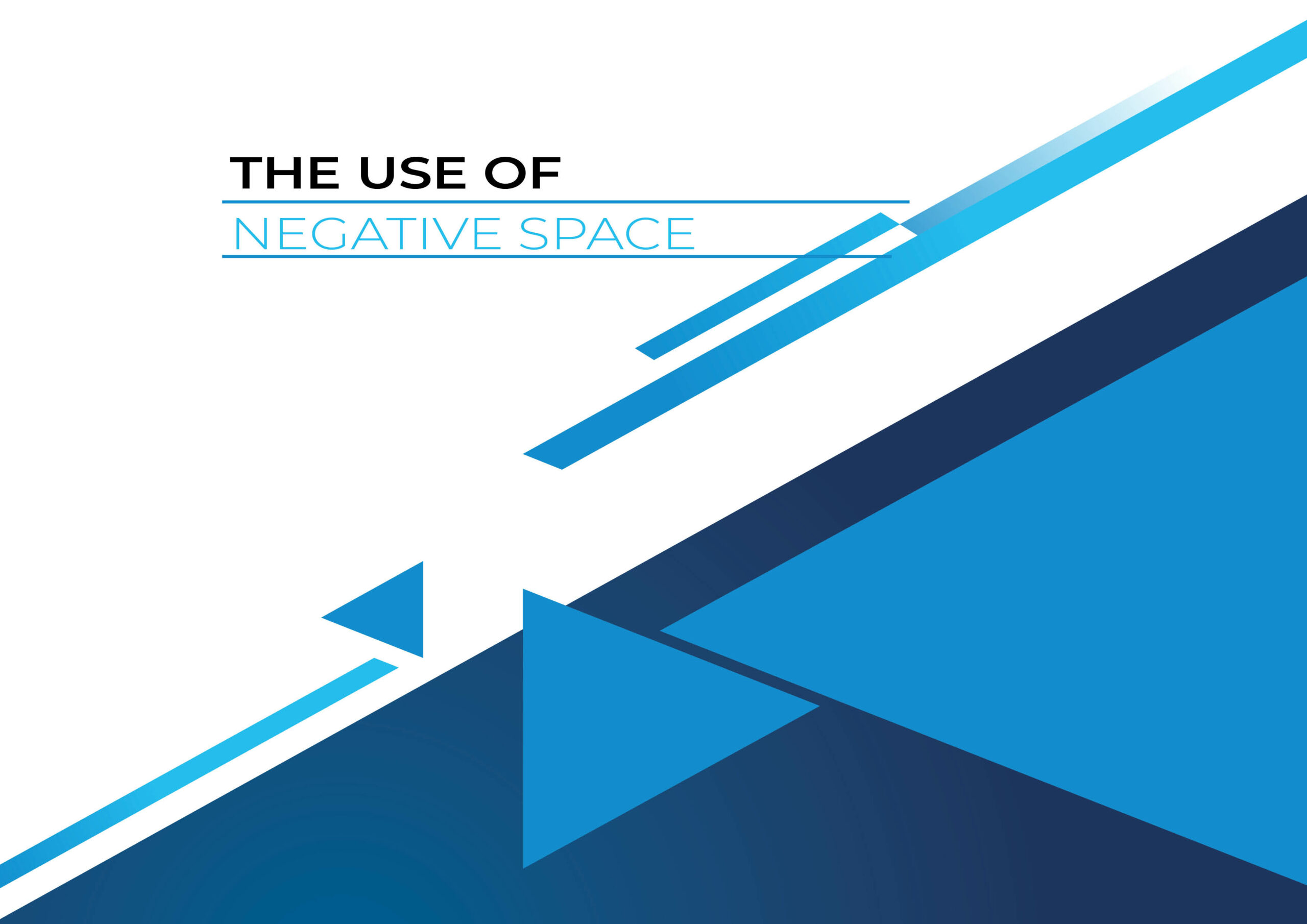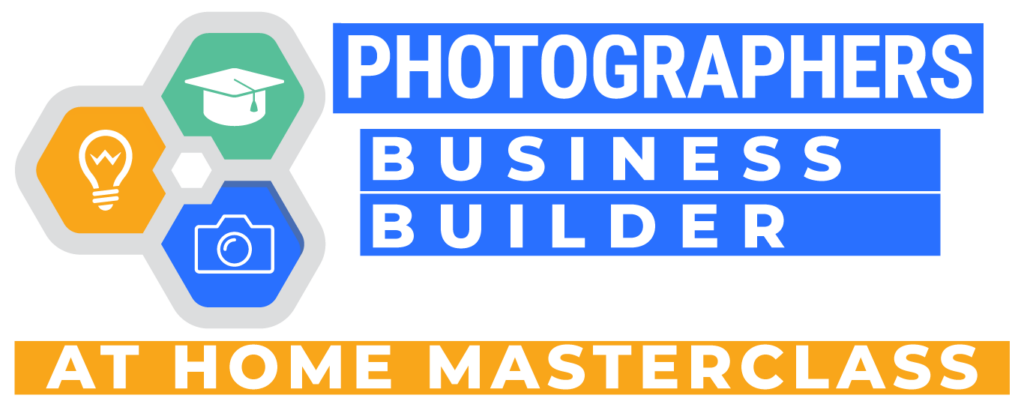Composition Techniques

R2.9 Framing the Shot: Using Negative Space
Overview
In this section, students should learn how to effectively use negative space in photography to emphasize the subject and create visually compelling images. By intentionally incorporating a smooth, uncluttered background, or using techniques like blurring the background, they can create a balance and contrast that draws viewer’s attention. Furthermore, they’ll explore how to make negative space a meaningful part of the composition, adding depth and emotion to the image. The ultimate goal is to create harmonious compositions that captivate viewers, leading to memorable images that stand out.
By The End of This Lesson Students Will Be Able To
- Understand the concept and importance of negative space as a compositional technique in photography, which can create balance, contrast, and highlight the subject.
- Recognize the effectiveness of negative space in various settings, like portrait sessions and wedding photography, to direct the viewer’s attention towards the subject.
- Comprehend how to use negative space to emphasize the subject by surrounding it with a visually smooth, uncluttered background.
- Learn techniques to create negative space, such as choosing natural soft textures or utilizing a shallow depth of field to blur the background.
- Understand how to achieve harmony in the composition by ensuring that the negative space complements the subject, such as placing the subject against a blurred backdrop.
- Explore the use of negative space as a key part of the composition, where the emptiness becomes a meaningful aspect of the image, adding depth and emotion.
- Identify how the strategic use of negative space can evoke feelings of openness and tranquility, not just drawing attention to the subject but also to the atmosphere around it.
- Finally, apply the knowledge of negative space to create visually compelling, harmonious compositions that stand out, leading to stunning and memorable images.
Course Content
Framing the Shot: Using Negative Space
Negative space is a powerful and often underutilized compositional technique in photography, which, when employed effectively, can lead to striking and visually engaging images. By intentionally incorporating empty or “negative” space around the main subject, photographers can create a sense of balance and contrast that highlights the subject and draws the viewer’s attention.
In portrait sessions or wedding photography, for example, using negative space can effectively emphasize the subject, whether it be the bride and groom, a family member, or a candid moment. By surrounding the subject with an uncluttered and smooth background, the photographer can direct the viewer’s gaze towards the subject, making it stand out in the composition.
One way to create this effect is by choosing natural soft textures or utilizing a shallow depth of field to blur the background, ensuring that the negative space is not distracting but rather complements the subject. In a wedding setting, this could be achieved by placing the couple against a backdrop of soft, out-of-focus foliage or a gently blurred architectural feature. The key is to maintain harmony within the composition by ensuring that the empty space is visually smooth and serves to accentuate the main subject.
Another approach is to incorporate negative space as an integral part of the composition, making the emptiness itself a meaningful aspect of the image. This can evoke a sense of openness and tranquility, drawing the viewer’s attention not only to the subject but also to the surrounding atmosphere. In a portrait session, this could involve positioning the subject to one side of the frame, allowing the negative space to occupy a significant portion of the image. This technique can add an artistic touch and imbue the photograph with a sense of depth and emotion.
In conclusion, the use of negative space in photography can create visually compelling and eye-catching images that effectively emphasize the subject. By carefully selecting the background and ensuring that the negative space is smooth and non-distracting, photographers can create harmonious compositions that captivate viewers. Whether in portrait sessions or wedding photography, mastering the art of negative space can lead to stunning and memorable images that stand out from the crowd.
Cognitive Engagement Questions
- Assignment #1: Exploring Negative Space (Assignment Number: PHO5035-ENS)Subject: Negative Space in Photography
Capture a series of 5 photographs where you intentionally use negative space as a compositional technique. In your images, aim to create balance, contrast, and highlight your subject using negative space. Provide a brief analysis of each image, discussing how the negative space contributes to the overall composition and the viewer’s focus on the subject.
Assignment #2: Creating Negative Space (Assignment Number: PHO5035-CNS)
Subject: Techniques for Creating Negative Space in Photography
Take 5 photographs employing techniques to create negative space. These techniques might include choosing natural soft textures or using a shallow depth of field to blur the background. Describe how you created the negative space in each image and how it emphasizes your subject.
Assignment #3: Harmony Through Negative Space (Assignment Number: PHO5035-HTNS)
Subject: Achieving Harmony in Composition Using Negative Space
Capture a series of 5 photos where you use negative space to create a harmonious composition. The negative space should complement your subject and contribute to the overall harmony of the image. Analyze how the use of negative space in each photograph aids in achieving a harmonious composition.
When submitting your assignments, please use the following format for the email subject: “Assignment Number – Your Name – Assignment Topic”. For example, “PHO5035-ENS – Jane Doe – Negative Space in Photography”. Please email your completed assignments and corresponding analyses to clintonali@gmail.com for evaluation and constructive criticism. Remember to save your original image files for your own records. Can’t wait to see your creations!
© 2023 Karimah Clinton Academy. All rights reserved.
